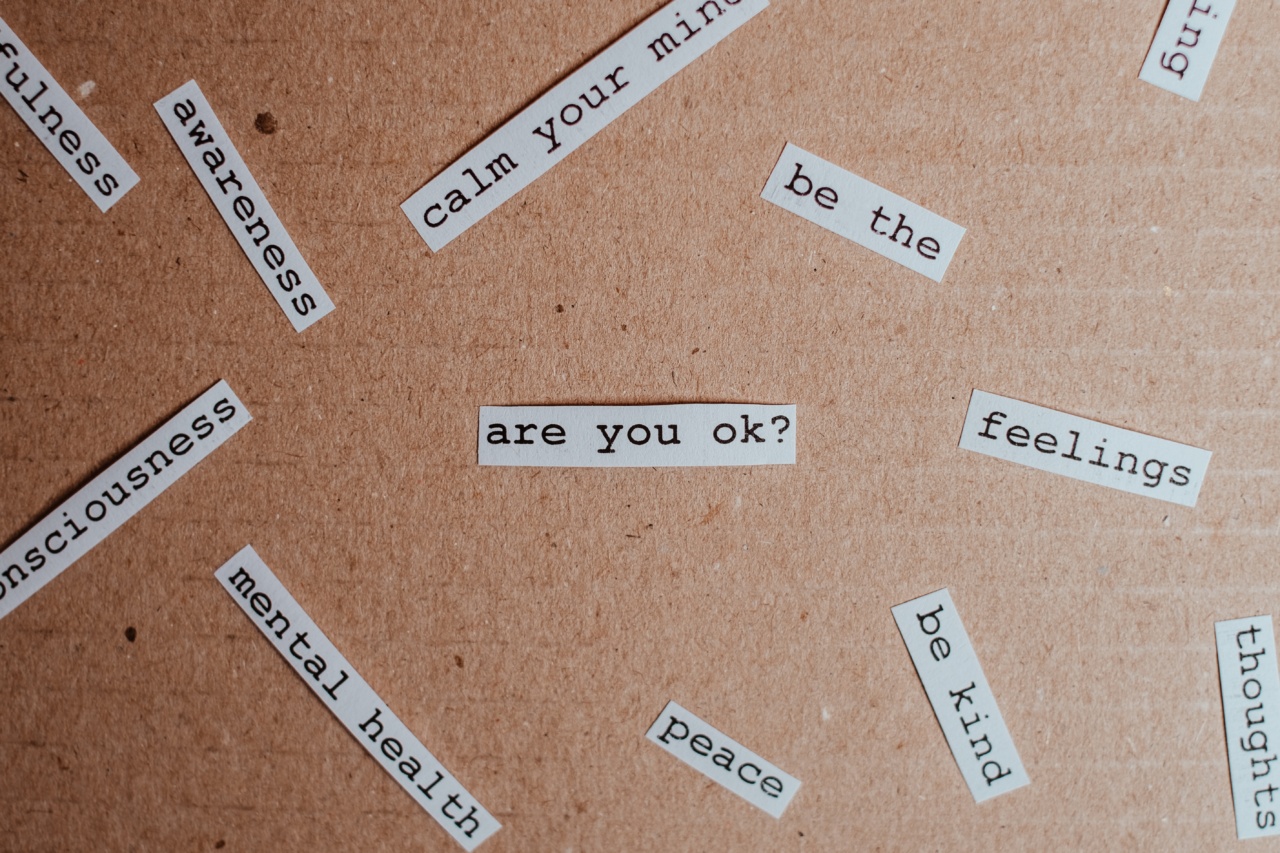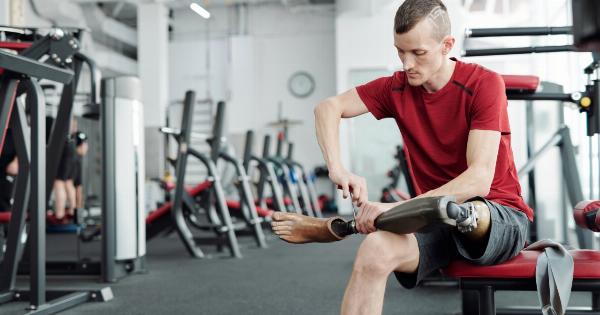Cramps are sudden and painful muscle contractions that can occur in any part of the body. They are often caused by muscle fatigue, dehydration, electrolyte imbalances, or poor blood circulation.
Cramps can happen at any time, and they can be quite debilitating. However, there are certain steps you can take to alleviate the discomfort when you feel a cramp coming on. In this article, we will discuss some immediate remedies that can help you find relief.
1. Stretch and Massage the Affected Muscle
When you feel a cramp coming on, it’s essential to stretch and massage the affected muscle to help relax and release the contraction. Gently straighten the muscle and hold the stretch for 15-30 seconds.
Then, slowly massage the area with circular motions using your fingertips. This can help increase blood flow to the muscle and relieve the cramp.
2. Apply Heat or Cold Therapy
Another effective remedy for cramps is applying heat or cold therapy to the affected area. Depending on your preference, you can either use a heating pad or a cold pack. Apply the heat or cold therapy for about 15 minutes and repeat as needed.
Heat helps relax muscles and improve blood flow, while cold therapy numbs the area and reduces inflammation.
3. Hydrate Yourself
Dehydration is one of the leading causes of muscle cramps. It’s crucial to replenish your body with fluids, especially if you’ve been engaging in intense physical activity or sweating excessively.
Sip water slowly or consume a sports drink that contains electrolytes to help restore the balance of minerals in your body. Staying hydrated can prevent cramps from occurring or worsening.
4. Eat Foods Rich in Electrolytes
Electrolytes play a vital role in muscle function, and an imbalance can lead to cramps. Consuming foods rich in potassium, magnesium, calcium, and sodium can help prevent and relieve cramps.
Some examples of electrolyte-rich foods include bananas, oranges, leafy greens, yogurt, nuts, and seeds. Incorporate these foods into your diet to support muscle health.
5. Take an Over-the-Counter Pain Reliever
If the cramp is particularly intense and persistent, you may consider taking an over-the-counter pain reliever, such as ibuprofen or acetaminophen.
These medications can help alleviate muscle pain and reduce inflammation, providing quick relief from cramps. However, always follow the recommended dosage and consult a healthcare professional if you have any underlying conditions or are taking other medications.
6. Use Topical Analgesics
Topical analgesics, such as creams or ointments containing menthol or capsaicin, can provide immediate relief for muscle cramps.
When applied to the affected area, these substances create a cooling or warming sensation that can distract from the pain and relax the muscle. Follow the instructions on the product and avoid applying them to broken or irritated skin.
7. Practice Deep Breathing and Relaxation Techniques
When experiencing a cramp, it’s common to tense up and experience anxiety or stress. This tension can exacerbate the pain and prolong the cramp. To interrupt this cycle, practice deep breathing exercises and relaxation techniques.
Take slow, deep breaths, focusing on relaxing the muscle and letting go of any tension. Visualize the muscle gradually releasing its contraction and becoming more relaxed.
8. Try Acupressure or Reflexology
Acupressure and reflexology are alternative therapies that involve applying pressure to specific points on the body to promote healing and alleviate pain.
You can try applying pressure to certain points on your hands, feet, or legs to help relieve muscle cramps. It’s recommended to consult a professional or do thorough research before attempting these techniques to ensure safety and effectiveness.
9. Take a Warm Bath with Epsom Salt
A warm bath with Epsom salt can provide relief for muscle cramps. Epsom salt, also known as magnesium sulfate, has long been used for its therapeutic properties. It can help relax muscles, reduce inflammation, and promote overall relaxation.
Dissolve a cup of Epsom salt in warm bathwater and soak in it for 15-20 minutes to ease the cramp and promote muscle recovery.
10. Strengthen and Stretch Regularly
Prevention is the best approach when it comes to muscle cramps. Regularly stretching and strengthening your muscles can help prevent them from getting fatigued and cramping.
Incorporate exercises that target the muscles prone to cramps, such as calf stretches, hamstring stretches, and quadriceps strengthening exercises. Additionally, maintaining a consistent exercise routine can improve overall muscle health and reduce the frequency of cramps.
Conclusion
When you feel a cramp coming on, it’s important to take immediate action to alleviate the discomfort.
Stretching and massaging the affected muscle, applying heat or cold therapy, hydrating yourself, and eating foods rich in electrolytes are some of the remedies you can try. Additionally, over-the-counter pain relievers, topical analgesics, deep breathing techniques, acupressure, warm baths with Epsom salt, and regular stretching and strengthening exercises can also provide relief.
Experiment with these remedies to find out what works best for you and consult a healthcare professional if your cramps persist or worsen.































